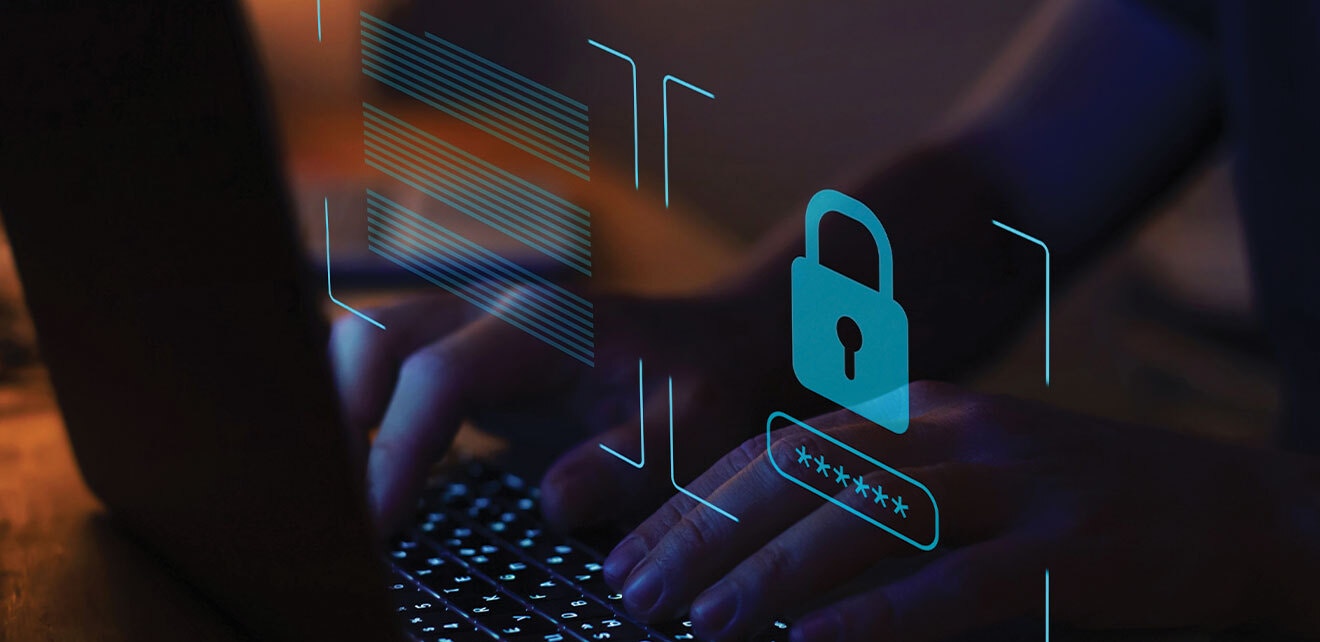Home > Blog
Read Time — 3 minutes
Digital Dilemma: Fabulous Innovations Spawn Frightening Cybercrime

Since early 2020, as the world has learned that people can work from anywhere, we’ve also discovered that sophisticated cybercriminals are eagerly exploiting every new advance in how we work, live, and play.
As global supply chains were rapidly and comprehensively reconfigured by employees working from home, every one of those new endpoints—laptops, tablets, mobile devices, home-based routers, networks, and even printers—became high-risk points of vulnerability.
As new digital-age services such as curbside pickup, contactless payments, and widespread use of handheld scanners proliferated, the bad guys never missed a beat and immediately set out to penetrate corporate networks via these rapidly assembled innovations.
And while the ingenuity of businesses and other organizations was admirable as they raced to meet sweeping new requirements of employees, customers, suppliers, and trading partners, it is galling to have to admit that the cybercriminals ratcheted up their capabilities as well.
From a cybersecurity perspective, it was all a bit of a perfect storm for ERP systems and the mission-critical processes they manage across businesses of all sizes:
- Devices that were never intended to become fully connected cogs in business networks were pressed into service and connected into mission-critical networks
- Workers whose flexibility and resilience was extraordinary in adapting to and driving new processes were likely not fully up to speed on all cybersecurity protocols
- Reconfigured applications and the processes they managed were put to use in new and untested ways to help organizations remain in business, without any opportunity for detailed stress-testing and security analysis
- New suppliers and trading partners were onboarded more rapidly than ever before, again without the requisite up-front security checks
So: how do we keep driving this remarkable “from wherever” innovation while simultaneously keeping data and other online resources fully secure?
There’s a tremendous opportunity here for modern, cloud-based ERP applications to play a leading role in providing new levels of flexibility and resilience plus new levels of cybersecurity at both the application layer and at the data layer.
Of course, these modern ERP tools are not a cure-all for every cybersecurity threat, but the modern and modular construct of innovative new ERP applications can give business customers a much better chance of locking down their data and their applications, even as cybercriminals resort to increasingly devious methods.
In the past, the large, rigid, and monolithic nature of ERP systems allowed hackers to wreak havoc across large swaths of a company’s operations. Once inside, they could attack supply chains, HR systems, financial data, operational processes, and more.
But today’s ERP systems are built to be modular, enabling business customers to select and deploy only those applications—or modules—that they specifically require. And with each of those modules now incorporating its own cybersecurity tools and capabilities, the chances of a single penetration resulting in widespread damage and disruption are greatly reduced.
We’ve all seen over the past year and a half just how critical supply chains and ERP systems are to the global economy. And in the digital economy, that significance will only increase.
So, as you evaluate modern cloud-based ERP systems for your company, be sure to ask plenty of questions about how well these applications can serve as a defense against—rather than as a gateway for—the cybercriminals who’ve become an everyday risk in our digital world.



